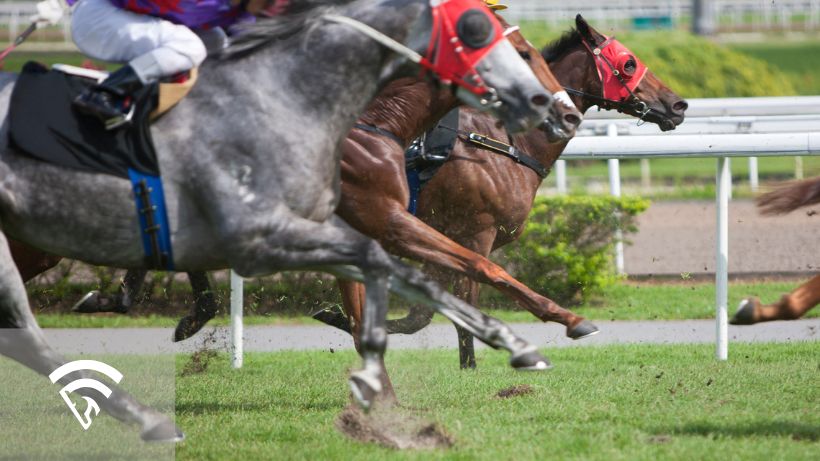What are Thoro-Graph Sheets?
Thoro-Graph Sheets are advanced performance figures used by experienced handicappers to analyze how a horse has run over time. Unlike simple speed figures that look only at final time, Thoro-Graph takes a multi-variable approach. Each figure incorporates pace, ground loss, weight carried, and track conditions to provide a more nuanced view of performance.
The key feature is the number scale: lower numbers indicate better efforts. A horse that runs a “3” is considered to have performed better than a horse that ran a “6,” even if they ran in different races or on different tracks.
These sheets are especially popular with tournament players and sharp bettors who want to spot patterns, form cycles, and value plays that may not be obvious in standard past performances.
How Thoro-Graph Numbers Work
Thoro-Graph adjusts for:
- Track variant: how fast or slow the surface was on a given day
- Ground loss: how many paths wide a horse ran around turns
- Weight: pounds carried, which affects effort
- Pace dynamics: whether the horse was helped or hurt by the pace
The result is a performance figure that can be compared across distances, tracks, and surfaces. Because the scale is consistent, a “4” at Gulfstream can be compared directly to a “4” at Saratoga.
The sheets also include visual spacing between each race, allowing handicappers to identify time between starts, layoffs, and potential bounce patterns.
Why Handicappers Use Thoro-Graph
The appeal of Thoro-Graph lies in its depth. Handicappers use the sheets to:
- Spot form cycles, where a horse is improving or regressing
- Project a forward move or a bounce based on workload and pattern
- Identify horses with hidden trips, such as wide moves or fast early efforts
- Compare horses across circuits with more confidence
Many experienced players use Thoro-Graph in combination with traditional handicapping, adding context to class changes, surface switches, or rider changes.
How It Differs from Other Figures
Compared to Beyer Speed Figures or Timeform Ratings, Thoro-Graph is less focused on raw final time and more focused on adjusting for circumstances. It’s also presented visually, so you can quickly scan a horse’s history and identify patterns like improving figures, career tops, or paired efforts.
This visual structure helps players quickly zero in on races where a horse may be sitting on a peak effort, especially useful in big-field stakes races where value is critical.
Final Thoughts
Thoro-Graph Sheets offer a detailed, context-driven look at horse performance that goes far beyond what’s in the running line. For handicappers who want to dig deeper and find value others may miss, they’re a powerful tool.
To see how race outcomes align with performance patterns, visit the EquinEdge Race Results page and start analyzing races with sharper context.
